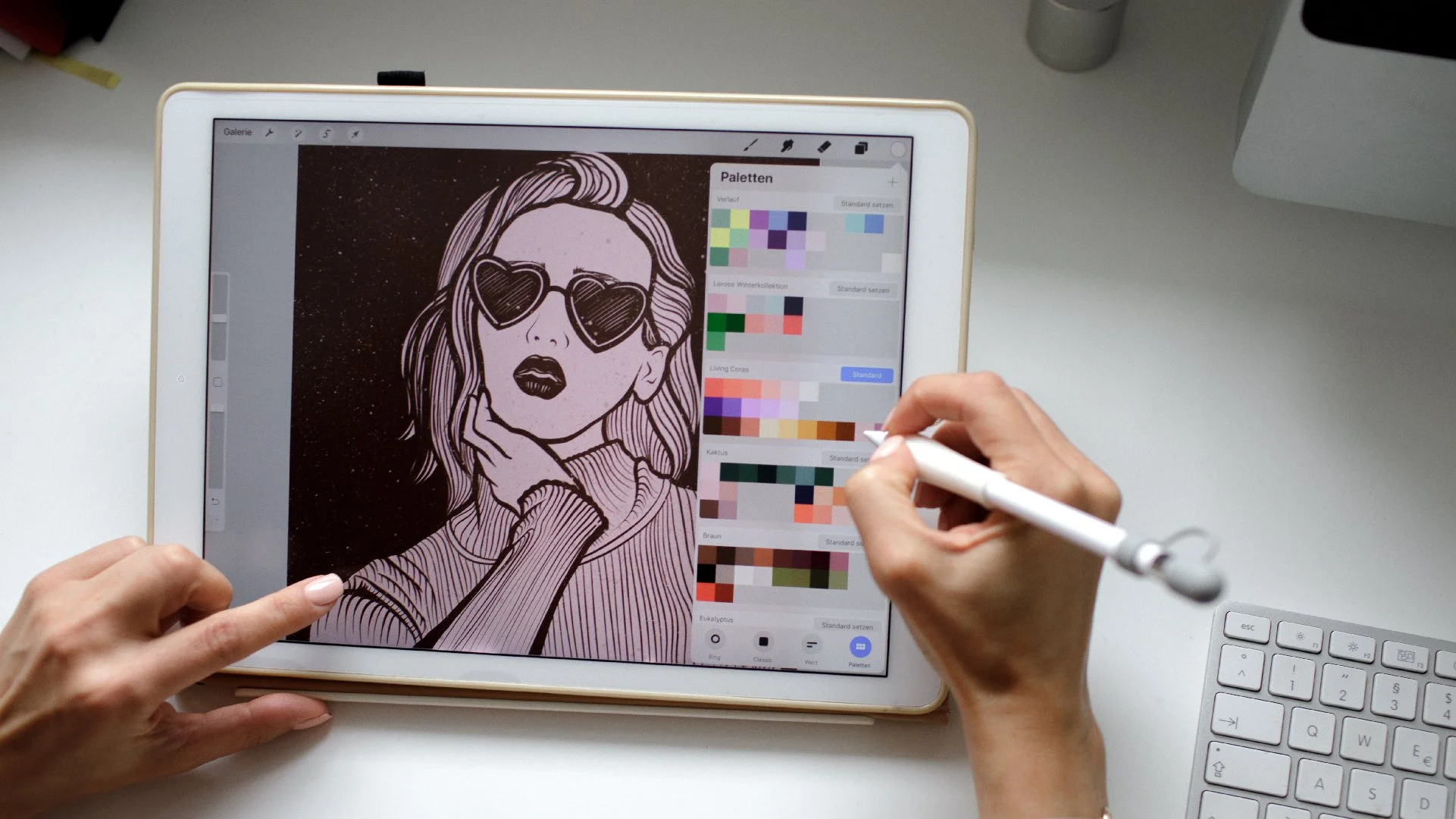Top 5 Design Mistakes and How to Fix Them
Design can unlock a universe of imagination and unlimited creativity. But if done poorly, it unlocks a universe of frustration and dismay. As professionals, we want to excel and inspire. But success doesn’t bloom without a few bumps along the way.
Here, we’ve collected five common design mistakes and what you can do to avoid or fix them. Remember: Better design makes for a better world.
#1 Not Using a Brand Style Guide
Logos are one of the most important components of design—it’s the visual DNA of a brand. A common mistake often made is employing a combination of color schemes that are visually unappealing or don’t adhere to color contrast standards for accessibility.
A bad logo is connected with a bad brand, so a designer needs to create a logo that reflects the quality of the brand, but is also readable to the consumer.
A good rule of thumb is to work with black and white to design your logos. Black and white are a great way to ensure contrast exists before adding color.
#2 Not Researching Enough
The brand’s DNA is your top priority, so when approaching a design job you want to ensure you honor a client’s requests and expectations.
To achieve a design that reflects the brand, you must research and understand the brand you work with. You don’t want to have a disgruntled client because you made a logo of a steak and the company is vegan.
The truth is in the details: The more details you have on the brand and its product, the easier it will be to visualize a logo that represents the brand. Don’t cheat your way through the logo. Designers who thoroughly research maintain strong relations with their clients.
Many designers also forget to consider the user experience when designing. Without a good user experience, the brand is toast. So keep that in mind when you are designing the perfect logo.
#3 Clashing Typefaces
It’s easy to spot a rookie design vs. a professional design based on how many typefaces are used. Overusing typefaces loses the message that is supposed to be conveyed—the reader is distracted by the plethora of styles being thrown their way. While typefaces and exciting layouts utilizing type are why many designers even break into the industry, you need to keep it simple to present different feelings and messages.
The best option for brands is to choose two or three typefaces—tops—for any design piece. Smart designers keep it simple with just one typeface. Simplicity is impactful since it provides continuity and establishes the brand’s identity. Make sure you keep the size in mind when choosing typefaces, as well as the amount of text. A smaller piece, like most logos, can support just one typeface, more complex pieces can be more creative.
#4 Ignoring Accessibility
Designers have to create images that are inclusive to all viewers, especially those who are visually impaired. Accessibility ensures that everyone has the same access and enjoys the same benefits. Visual impairments include:
Colorblindness
Tunnel vision
Blurred vision, or impaired acuity
To provide accessibility to everyone, keep these methods in your pocket:
Color doesn’t convey information
Since colors don’t indicate information to the visually impaired, use labels and icons to deliver notifications and information.
Icons are more important than Color.
For those with colorblindness, colors can look very similar—green, red and brown all look alike. To avoid confusion, use shapes that allow viewers to have a clear way of distinguishing graphics.
Use Monochromatic Color Schemes.
Monochromatic schemes use colors of the same hue. With the same hue, more information is conveyed and variations in contrast and tones emphasize elements. This user-friendly method attracts views to different areas of the design.
When in doubt, use our favorite contrast checker tool.
Provide text alternatives.
Last, but not least, text alternatives (“alt tags”) to ensure a website is more accessible. Ability.net gives five rules for using alt tags:
Every <img> must have an alt="" attribute
Describe the information, not the picture
Active images require descriptive alt text
Images that contain information require descriptive alt text
Decorative images should have empty alt text
5. Forgetting to Proofread
This is just about anyone’s worst mistake. From writers, designers and tattoo artists, we all have fallen victim to misspellings and grammatical errors on final drafts.
Make sure you are always checking over the spelling and grammar before sending a piece to print or hitting send on an email. If you use a word document, use spellcheck or an add-on app, such as Grammarly, to quickly prevent blunders.
Grammatical errors and misspellings may not be your pet peeve, but there are certainly millions of people who abhor the misuse of “your” versus “you’re.” Customers aren’t forgiving of those kinds of mistakes, and they have no problem turning their back on a brand. Simply put, don’t make these small errors, because they have large consequences.
After you finish your design, reviewing with a fresh pair of eyes is a good way to safety-proof your work. Better safe than sorry!
The design wheelhouse encompasses many windy roads. Our Top 5 mistakes are just scratching the surface. To conquer the challenges of design, you want to be aware of as many mistakes as possible so you can avoid them.
And remember to breathe! Mistakes are what make us better designers. Embrace your weaknesses so they can evolve into strengths.


